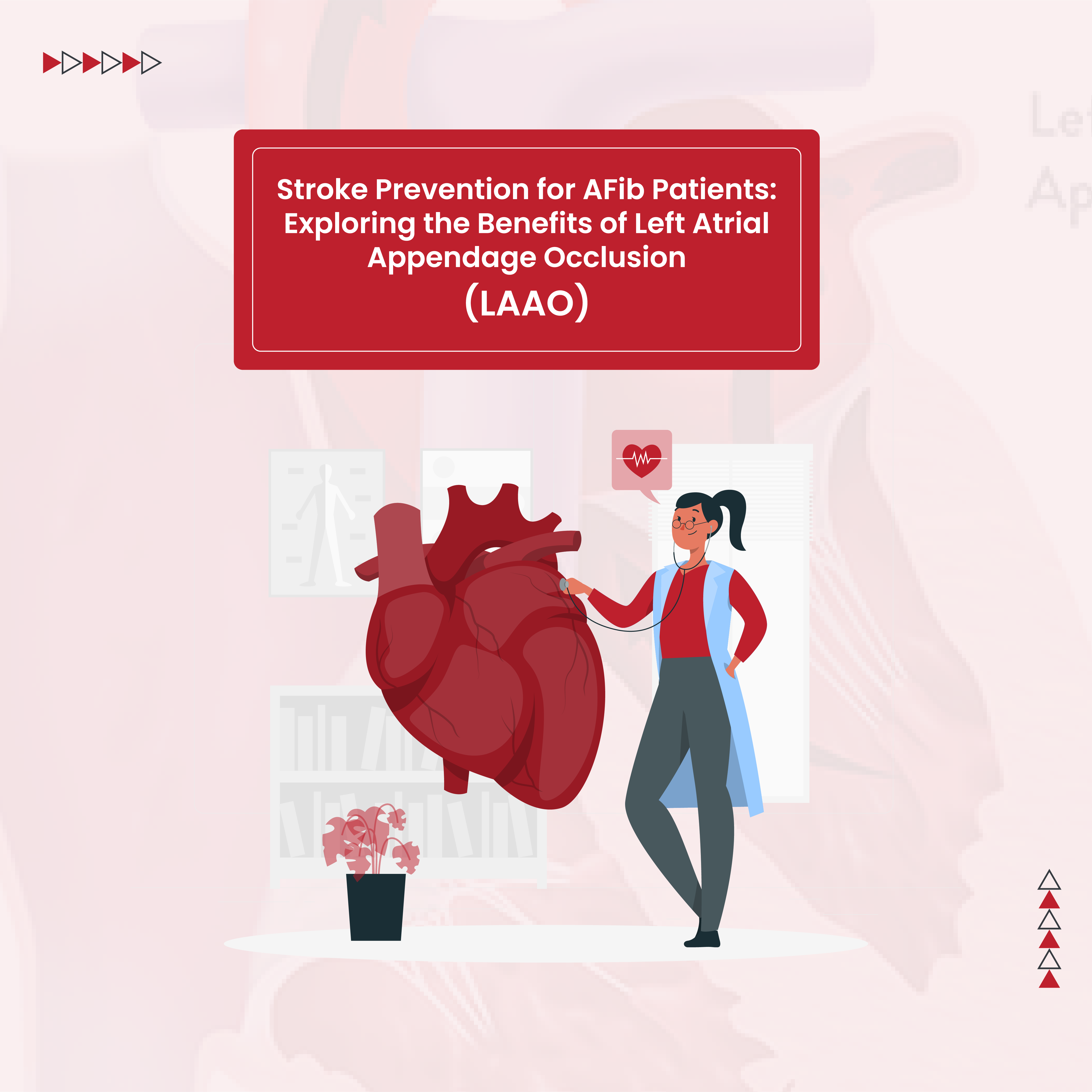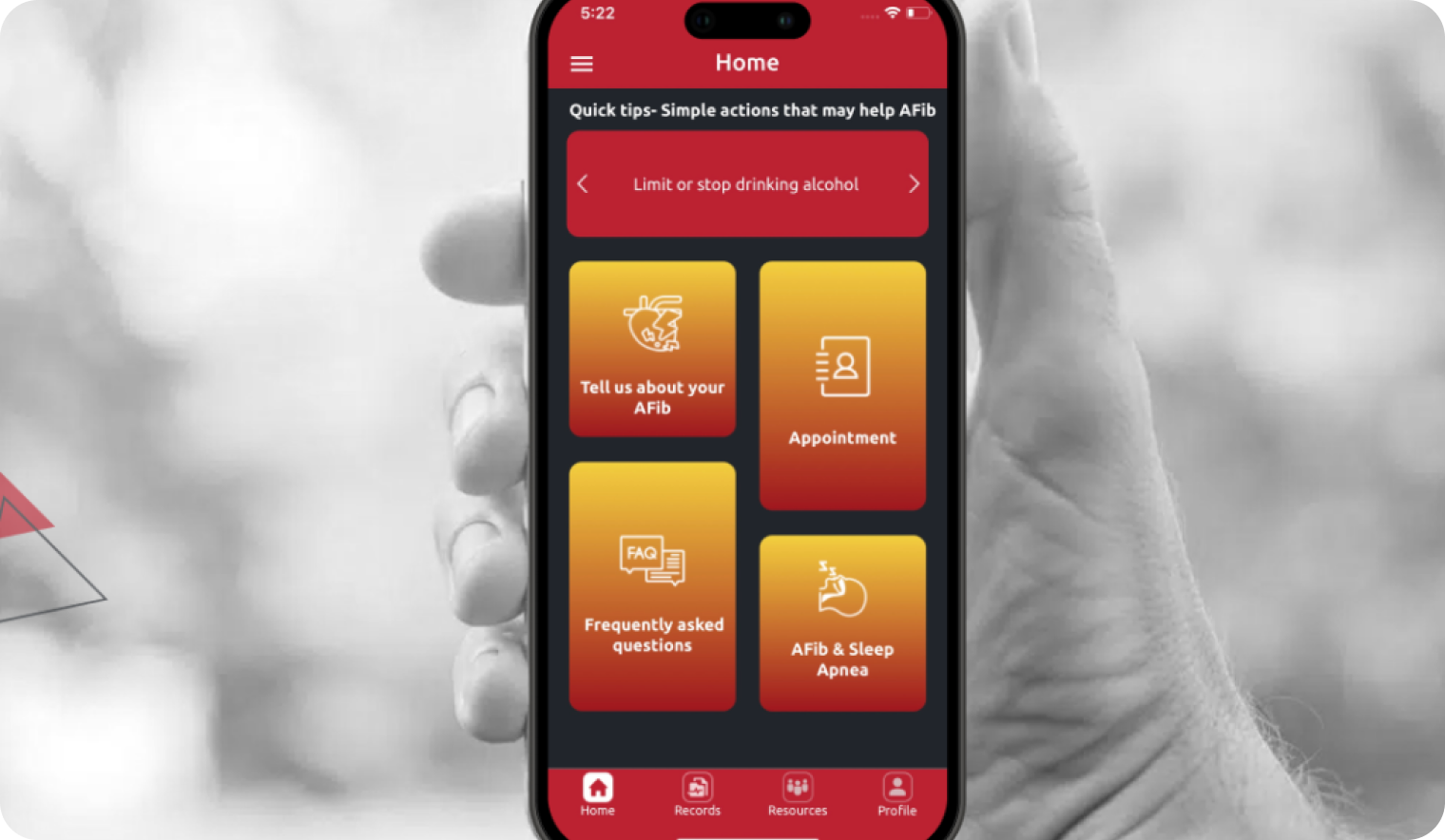The World Health Organization declared COVID-19 a global pandemic on March 11, 2020. Since the beginning of the pandemic we have experienced many changes to our way of life which have included lockdowns, work from home, school closures and remote learning, social distancing, masks and vaccines. The COVID-19 pandemic will come to an end but the virus that causes COVID-19 will probably not ever go away. Hopefully, with a combination of herd immunity and viral mutation, the virus that causes COVID-19 will eventually become similar to the many other viruses that cause the common cold.
In the meantime, COVID-19 has had significant direct and indirect effects on our health. The COVID-19 outbreak has caused over 44 million infections and more than 720,000 deaths in the United States so far. It is estimated that one third of people who have had COVID-19 have some symptoms 3 to 6 months after initial infection. The impact of COVID-19 has disproportionately affected people over the age of 65 with underlying health conditions such as heart disease, diabetes, obesity and lung disease.
People with an abnormal heart rhythm (cardiac arrhythmia) like atrial fibrillation or atrial flutter have faced a number of challenges amid the current pandemic. These include an increased risk of severe COVID-19 infection, delayed medical care, and the increased incidence of atrial fibrillation risk factors.
Increased risk of severe COVID-19 infection
Atrial fibrillation is a cardiac arrhythmia that is caused by chaotic electrical impulses in the heart’s upper chambers (atria). People with atrial fibrillation have an increased risk of stroke and heart failure. Atrial fibrillation also increases the risk of severe complications from COVID-19 infection, including hospitalization and death. COVID-19 can cause low blood pressure, fever, and low oxygen levels which can all aggravate atrial fibrillation and cause the heart rate to be elevated (tachycardia) and difficult to control. The abnormal electrical signals which cause atrial fibrillation make the heart function less effectively as it pumps blood through the heart and out to the rest of the body. The tachycardia and ineffective pumping can put additional strain on an already stressed system. One study found that people with COVID-19 who developed atrial fibrillation during hospitalization were more likely to have a heart attack or develop heart failure. As the heart becomes increasingly strained there is a higher risk of developing a dangerous arrhythmia, like ventricular tachycardia, or going into cardiac arrest.
Another COVID-19 related risk for people with atrial fibrillation is that both atrial fibrillation and COVID-19 are associated with an elevated risk of blood clots. People with atrial fibrillation can form blood clots in the heart and have a 5 times increased risk of stroke. COVID-19 significantly increases the risk of blood clots because it is highly inflammatory which can make clots more likely to form.

Delayed medical care
An important indirect impact of COVID-19 is how it has affected how we seek and receive medical care. Especially early on in the pandemic, many people did not want to leave their homes and many cancelled or did not schedule doctor’s visits for things like annual exams or to be evaluated for the development of a new or concerning symptom. This was especially true in urban centers or areas where people rely on public transportation. In many instances this led to a delayed diagnosis and treatment of health conditions. For example, new cardiovascular diagnoses in an urban center in the United Kingdom were down by 43% during the first 3 months of the pandemic and there were up to 50% fewer new cardiovascular prescriptions written during that time.
Delayed medical care has resulted in people being sicker and needing more intervention by the time they present to be evaluated. Several studies in 2020 showed a 40-50% decrease in the number of heart attack and stroke patients who sought urgent medical care after the start of the pandemic. Sometimes this delay in care had catastrophic consequences. In January 2021, a study in the Journal of the American College of Cardiology reported that deaths from heart disease and high blood pressure increased in the United States after the start of the pandemic. There are probably a number of reasons for this but delayed diagnosis and treatment likely contributed. In fact, it was such a concern that major medical organizations released public service announcements encouraging people to seek medical care immediately if they thought they were having a heart attack or stroke.
At the beginning of the pandemic, many medical visits were done via telehealth. Telemedicine can be very effective and for many health conditions there is not a significant difference in quality of care whether the visit is done in-person or remotely. However, providing care via telemedicine for someone with an arrhythmia such as atrial fibrillation or atrial flutter can be challenging because it is difficult to determine the type of arrhythmia without use of diagnostic tests, like an electrocardiogram (EKG or ECG).
The severity of the COVID-19 outbreak has fluctuated throughout the pandemic. At times, COVID-19 infection surges have caused hospitals to be at or over capacity. As a result, non-essential, or elective, procedures have been cancelled or postponed. This has affected atrial fibrillation treatment because catheter ablation for atrial fibrillation is often considered an elective procedure. However, increasing evidence supports the use of catheter ablation early in the atrial fibrillation disease process. Atrial fibrillation ablation has been shown to be more effective than medications at helping maintain a normal heart rhythm and it is now recommended as a first-line treatment option for paroxysmal (intermittent) atrial fibrillation. The issue with delayed atrial fibrillation ablations is that the longer a person remains in atrial fibrillation the more structural changes occur within the heart. These structural changes promote continued atrial fibrillation and make atrial fibrillation treatments less effective. Most procedures have not been postponed indefinitely and were likely rescheduled at some point. However, it remains unknown if there will be any long-term impacts for people whose atrial fibrillation ablations were delayed due to the COVID-19 pandemic.
Increased incidence of atrial fibrillation risk factors
The COVID-19 pandemic disrupted people’s social and work patterns. As they stayed at home more there was a tendency toward a more sedentary lifestyle, a less healthy diet and excess alcohol intake. This has been an uncertain time and many people have experienced increased stress and anxiety. Some of these changes, like increased stress and excess alcohol intake, directly and immediately increased the risk of atrial fibrillation. Other changes like obesity, high blood pressure, diabetes and sleep apnea take more time to become apparent. Either way, each of these conditions individually increases the risk of atrial fibrillation initiation and progression. The effect of these risk factors is cumulative and the more atrial fibrillation risk factors that people have the more likely they are to develop atrial fibrillation.
It can be challenging to quantify the effect of the COVID-19 pandemic on the incidence of atrial fibrillation. However, a group of researchers looked at the atrial fibrillation burden (i.e. amount of time spent in atrial fibrillation) amongst a group of people with implanted internal cardioverter defibrillators. The internal defibrillators have a function that allows the researchers to see a person’s atrial fibrillation burden during a specific period of time. The study found that study participants had a 33% increase in atrial fibrillation burden during the first 100 days of the COVID-19 pandemic compared to one year prior. The study authors hypothesized that this was influenced by stay at home orders, dietary changes, decreased physical activity/exercise, weight gain, increased alcohol consumption, increased stress (loss of employment, depression/anxiety, etc.).
Can people with heart disease get vaccinated?
People with heart disease, arrhythmias and cardiovascular risk factors can, and should, get vaccinated against COVID-19. People with heart disease and arrhythmias are at a higher risk of COVID-19 complications including severe infection, hospitalization and death. Vaccination is an important part of COVID-19 prevention and the American Heart Association recommends that all eligible people with a history of heart disease, stroke or cardiovascular risk factors be vaccinated against COVID-19. Additional infection prevention measures include washing the hands frequently, social distancing, wearing a mask and avoiding large gatherings. The Centers for Disease Control recommends that you continue to do these things even after you have been vaccinated if you have heart disease and live in an area of high COVID-19 prevalence.
Potential side effects of the COVID-19 vaccine
The most common side effects of the COVID-19 vaccine are:
- Pain, redness, and swelling of the arm that received the vaccine
- Body aches, fatigue, fever/chills, headache and nausea
Side effects like these after the COVID-19 vaccine are normal. While unpleasant, they are actually a good sign that your immune system has recognized the vaccine components and you are having an immune response. An immune response is necessary for the body to create protective antibodies against COVID-19. Side effects usually go away in a few days and can be treated with rest, hydration and over the counter pain and fever reducing medications (i.e. acetaminophen). It takes time for the immune system to build protection and create antibodies after receiving the COVID-19 vaccine. You are considered fully vaccinated 2 weeks after you have received the second shot of the Pfizer-BioNTech or Moderna COVID-19 vaccines or 2 weeks after the single shot Janssen (Johnson & Johnson) COVID-19 vaccine.
If you had a severe or immediate allergic reaction after your first dose of the mRNA COVID-19 vaccine you should not get a second dose with either of the mRNA vaccines. A severe or immediate allergic reaction includes development of hives, wheezing or difficulty breathing, or anaphylaxis within 4 hours of receiving the COVID-19 vaccine. If you had a severe or immediate allergic reaction to an mRNA vaccine, you may be eligible to get a different type of COVID-19 vaccine such as the Johnson & Johnson vaccine and should talk to your health care provider about this for further recommendations.
There is a widely publicized but very small risk of myocarditis and pericarditis after the COVID-19 mRNA (Pfizer-BioNTech or Moderna) vaccines. The risk is approximately 0.5-1 cases per 100,000 fully vaccinated people. People who have developed myocarditis or pericarditis following a COVID-19 vaccine have typically had very mild cases and have made a full recovery with standard medical treatment. It is important to note that the risk of developing myocarditis or pericarditis from COVID-19 infection is higher than the risk of developing myocarditis or pericarditis after the COVID-19 vaccine.
Is obesity linked to severe COVID-19 complications and increased risk of death?
Obesity is linked to an increased risk of severe COVID-19 infection, including hospitalization and death. According to the Centers for Disease Control (CDC), obesity can triple the risk of hospitalization with COVID-19. The reason for this is likely multifactorial. It is common for people with obesity to also have high blood pressure, sleep apnea, diabetes, and heart disease. These health conditions can each increase the risk of severe COVID-19 infection. The greater the number of underlying health conditions a person has, the greater the risk of severe COVID-19 infection.
Obesity also increases the risk of severe COVID-19 complications and death because it alters immune system function and increases the baseline level of systemic inflammation. In addition, obesity affects breathing capacity and lung function which can make ventilation more difficult. All of these affect a person’s ability to fight infection and can increase the risk of developing severe COVID-19 infection.
The CDC reports that data from the first 6 months of the pandemic showed that 30% of COVID-19 hospitalizations were attributed to obesity. The risk of severe COVID-19 infection, hospitalization, intensive care unit admission, intubation, and death increase with increasing obesity. This elevated risk of hospitalization and death was especially pronounced in people with obesity and who were over the age of 65 years.
As discussed previously, a number of social changes have occurred because of the pandemic; many of which have led many people to make less healthy dietary choices, drink more alcohol and lead a more sedentary lifestyle. These things likely contributed to the increased incidence of obesity which has been seen during the pandemic. The Centers for Disease Control reports that in 2019 there were 12 states in which more than 35% of the adult population was obese. As obesity worsened in 2020, this increased to 16 states with obesity in more than 35% of the adult population.
Atrial fibrillation prevention and risk factor modification
People with atrial fibrillation have an increased risk of severe COVID-19 infection, including hospitalization and death. Atrial fibrillation prevention is a key action you can take today to help decrease your risks. There are certain atrial fibrillation risk factors like age, gender, ethnicity and genetics which you cannot change. However, there are a number of risk factors for atrial fibrillation which are modifiable. Addressing these modifiable risk factors can significantly decrease the risk of the development or progression of atrial fibrillation. Modifiable risk factors for atrial fibrillation include:
- High blood pressure
- Diabetes mellitus
- Obesity
- Sleep apnea
- Heart disease
- Heart failure
- Excessive alcohol intake
- Smoking
Many of these atrial fibrillation risk factors are also risk factors for severe COVID-19 infection. Therefore, addressing these risk factors not only helps decrease risk of atrial fibrillation it also helps mitigate risk of severe COVID-19 infection. Important things you can do to decrease to decrease your risk of atrial fibrillation, COVID-19 complications and maintain optimal health include:
Get a good night’s sleep. Sleep is the time when your body is supposed to repair and restore itself. The importance of good sleep quality on your health cannot be overrated. Sleep apnea is a condition that affects over 18 million adults in the United States and is characterized by periods of ineffective or absent breathing. These episodes cause interrupted, nonrestorative sleep. Untreated sleep apnea can contribute to high blood pressure, obesity, atrial fibrillation and heart failure. In terms of atrial fibrillation, sleep apnea has been shown to promote disease progression and decrease the effectiveness of atrial fibrillation treatments. Symptoms of sleep apnea include waking up frequently during the night, snoring, and daytime fatigue. If you have symptoms of sleep apnea, talk to your healthcare provider about getting tested.
Eat well. Eat a diet that is high in vegetables, legumes, nuts and seeds, fruit, and lean protein. Avoid sugar, processed carbohydrates, saturated fat and salt. Eating a healthy, well-rounded diet decreases the risk of diabetes, high blood pressure and obesity and therefore indirectly decreases the risk of atrial fibrillation. A healthy diet is also high in important vitamins, minerals and electrolytes which can be an important part of atrial fibrillation prevention.
Electrolytes. Electrolytes like magnesium and potassium are important for normal electrical conduction within the heart muscle cells. Fruits like bananas, oranges, cantaloupe and apricots are excellent sources of potassium. Magnesium is abundant in green leafy vegetables, beans, nuts, seeds, and whole grains.
Vitamin D. Vitamin D deficiency has been linked to atrial fibrillation. In addition to being a vital component of normal bone development, vitamin D also promotes normal immune function and reduces inflammation. High levels of systemic inflammation can promote atrial fibrillation and it is possible that this is one mechanism by which vitamin D deficiency is associated with atrial fibrillation. Some food sources of Vitamin D include: cod liver oil, mushrooms (specially grown exposed to UV light), fortified food products like milk and most breakfast cereals, egg yolks, beef liver and fatty fish like salmon, tuna, trout and mackerel. UV light from the sun and supplements are also common sources of Vitamin D.
Stress less. Chronic stress increases systemic inflammation and can alter immune function. Anxiety, stress and anger can increase the risk of atrial fibrillation. Yoga, meditation, Tai Chi, and acupuncture have all been shown to have a positive impact on atrial fibrillation.
Exercise regularly. Exercise is a vital part of optimal health. Regular moderate–intensity has been shown to be beneficial for people with atrial fibrillation. People who are sedentary or engage in regular high–intensity endurance training can have an increased risk of atrial fibrillation. Some studies have shown a temporary decrease in immune function after strenuous exercise, possibly related to increased levels of systemic inflammation.
Avoid alcohol and smoking. Smoking and excessive alcohol intake have a number of negative health effects. Both are known to promote atrial fibrillation. If you smoke, and are considering quitting, your health care provider can be a helpful resource. There are medications for smoking cessation, nicotine replacement products and support groups to help you quit smoking. If you are going to drink alcohol, limit it to drinking no more than 1 alcoholic beverage per day for women and 2 drinks per day for men.
Know your numbers. If you have atrial fibrillation, heart disease or cardiovascular risk factors it is helpful to monitor your heart related numbers at home.
Blood pressure. Checking your blood pressure a couple times per week allows you to know what blood pressure is normal for you and to detect changes. People often do not have symptoms with high blood pressure. Untreated high blood pressure significantly increases the risk of atrial fibrillation, stroke, heart failure and heart disease. According to the American Heart Association, a normal blood pressure is less than 120/80 mmHg. If your blood pressure is consistently greater than 140/90 mmHg, you have high blood pressure and may need to make lifestyle and dietary changes and take medication to lower your blood pressure. Keep a record of your blood pressures so you can take it with you to review with your healthcare provider at your clinic visits.
Heart rate. A normal heart rate is between 60-100 beats per minute. In addition to ensuring your heart rate is normal, it is recommended that you check your pulse occasionally. An irregular pulse is caused by an irregular heartbeat which can be a sign of a cardiac arrhythmia such as atrial fibrillation.
Use your scale. Know what your weight normally is. Many people exercised less and were generally less active during the first year of the COVID-19 pandemic. Seeing your weight creep up can be a good reminder to increase your activities and watch your diet. It is much easier to take off 3 to 5 pounds than it is 15 to 20 pounds.
If you have a history of heart failure, putting on a few extra pounds can be a sign that you are retaining fluid and need to follow-up with your doctor to adjust your medications. Seeing your doctor when there are only a few pounds of extra fluid as opposed to waiting until there are 10 to 20 pounds can help prevent a hospitalization.
Routine labs. Blood tests evaluating your cholesterol, electrolytes, blood counts, and kidney and liver function are an important part of health maintenance. At the start of many disease processes there are only very mild or no symptoms. However, abnormalities in the blood can show up early on and give important information about health conditions you have or are at risk of developing. For example, high blood cholesterol levels cause no symptoms initially. However, over time elevated cholesterol can cause blockages in your arteries that lead to a heart attack. Or let’s say you thought you were just tired all the time because you are getting old but in fact your blood counts show that you are anemic and need to take iron supplementation and have a colonoscopy to make sure you don’t have microscopic bleeding in your intestines. Prevention is the best medicine and early treatment or intervention can help prevent long-term complications.
Take your medications. If your doctor has prescribed medications for atrial fibrillation, or any other health condition, it is important to take them as prescribed. Many people with atrial fibrillation are on an anticoagulant, which is a blood thinning medication to help prevent blood clots in the heart which can lead to a stroke. If, for example, you do not take this medication as prescribed your risk of stroke is significantly higher. Follow-up with your doctor if you are not tolerating your medications, have concerning side effects, or cannot afford them. There are usually alternative options you can try. See your doctor. Get an annual exam and do routine recommended screenings like colonoscopy and mammogram. If you have new or concerning symptoms, do not delay care. Make an appointment to see your healthcare provider.








